In today's trend of bathroom renovation, which emphasises both comfort and functionality, shower systems are no longer just simple combinations of showerheads and faucets but have gradually evolved into integrated solutions that combine functionality, aesthetics, and technology. From basic wall-mounted showerheads to multifunctional systems with temperature control, top spray, handheld, and massage nozzles, the market options are constantly expanding.
According to the latest research by the National Kitchen & Bath Association (NKBA), over 63% of bathroom renovation projects involve upgrading shower areas, with the proportion of installations of integrated shower systems showing an increasing trend year by year. This article will comprehensively analyse how to choose a suitable shower system in bathroom renovation from the perspectives of shower system types, functional design, installation requirements, water and energy conservation, investment return, and future trends.
1. Why are shower systems becoming increasingly important in bathroom renovations?
With lifestyle changes, bathrooms have evolved from simple cleaning spaces to private retreats for relaxation and rejuvenation. The shower experience is widely regarded as a key element in enhancing daily happiness.
Health experience: The system features a constant temperature function and a massage nozzle, which can improve blood circulation and relieve fatigue.
Design value: The multifunctional shower system enhances the bathroom's modernity in terms of both visual and spatial utilisation.
Property Value: According to Remodelling Magazine's 2024 Cost vs. Value Report, the return on investment for bathroom renovation is between 66-70%, with upgrading the shower area being a key factor in increasing buyer interest.
2. Common types of shower systems
2.1 Basic Shower System
Composed of a top spray or wall-mounted showerhead and a handheld showerhead, it is suitable for renovation projects with limited space or budget.
2.2 Constant temperature control system
Equipped with a constant temperature valve, it can automatically adjust the ratio of hot and cold water to maintain a stable water temperature. According to Plumbing Manufacturers International (PMI) data, constant temperature systems can effectively reduce safety hazards caused by sudden temperature changes.
2.3 Multi-functional nozzle system
Top spray rain shower: Simulates natural rainwater, providing an excellent relaxation effect.
Massage nozzle: Stimulates the body through different water flow patterns and is commonly used to relieve muscle tension.
Side spray: Achieve a full body surround flushing experience.
2.4 Intelligent shower system
Integrating digital and smart home technologies, water temperature, pressure, and time can be controlled through touch screens or voice commands. Statista predicts that the compound annual growth rate of smart shower equipment will exceed 12% in the next 5 years.

3. Key factors in choosing a shower system
3.1 Spatial Layout
Small bathroom: A wall-mounted or basic system is recommended.
Medium to large bathroom: A composite system with top spray, side spray, and handheld showerhead can be selected.
Open bathroom: Paired with glass partitions and linear drainage, it enhances transparency and modernity.
3.2 Water pressure and pipeline conditions
Low water pressure: Choose a pressurised showerhead or a low-flow optimised design.
High water pressure: Suitable for multifunctional nozzle systems, but it is necessary to ensure the pressure-bearing capacity of the pipeline.
The Environmental Protection Agency (EPA) guidelines recommend that the maximum flow rate of home shower equipment should be controlled at 2.0 gpm (gallons per minute) to both save water and ensure comfort.
3.3 Installation method
Surface installation: Minimal modifications, suitable for renovation projects.
Wall installation: More aesthetically pleasing, but requires planning in the early stages of decoration, resulting in higher construction costs.
3.4 Style and Material
Common finishes include:
Chrome plating: classic and versatile, corrosion-resistant.
Brushed Nickel: High-quality texture and fingerprint resistance.
Black matte: conforms to modern minimalist style.
Golden finish: Highlighting a sense of luxury, with increasing demand in recent years.
4. Water and Energy Conservation: Hidden Value in Function Selection
Environmental protection and energy efficiency have become important criteria for choosing shower systems.
WaterSense certification: EPA data shows that using WaterSense-certified shower systems can save approximately 2700 gallons of water per year for households.
Thermostatic valve: Reduces water waste during the temperature adjustment process.
Intelligent timing function: Remind users to shorten shower time, thereby reducing energy consumption.
These features not only align with the trend of sustainable development but also provide long-term economic benefits.
5. Investment and return
5.1 Cost Range
Basic system: Approximately $300- $800.
Constant temperature and multifunctional system: $800- $2000.
High-end intelligent system: up to $3000 or more.
5.2 Investment return
A high-quality shower system can significantly enhance the overall quality of the bathroom. In the second-hand housing market, upgrading the shower area is often an important addition to enhance buyers' first impression.
6. Industry Trends
6.1 Intelligence
In the future, shower systems will be more widely integrated with smart home systems, enabling connections with lighting, audio, and even health monitoring.
6.2 Customization
Consumer demand is becoming more personalised, and manufacturers are launching modular systems that can freely combine nozzles, water output modes, and control panels.
6.3 Sustainable Development
The demand for water-saving equipment in green building certifications, such as LEED, continues to grow, and environmentally friendly shower systems are expected to become mainstream.
Conclusion
In bathroom renovation, choosing the appropriate shower system is not only related to the daily user experience but also directly affects spatial functionality, energy efficiency, and property value. From spatial conditions, water pressure pipelines, installation methods, to style and energy-saving features, every factor deserves in-depth consideration.
With the continuous development of design trends and technology, modern shower systems are transforming from "cleaning tools" to "comprehensive experiences of health and enjoyment". In the future, shower systems that offer comfort, energy efficiency, and intelligent features will become an integral part of bathroom design.

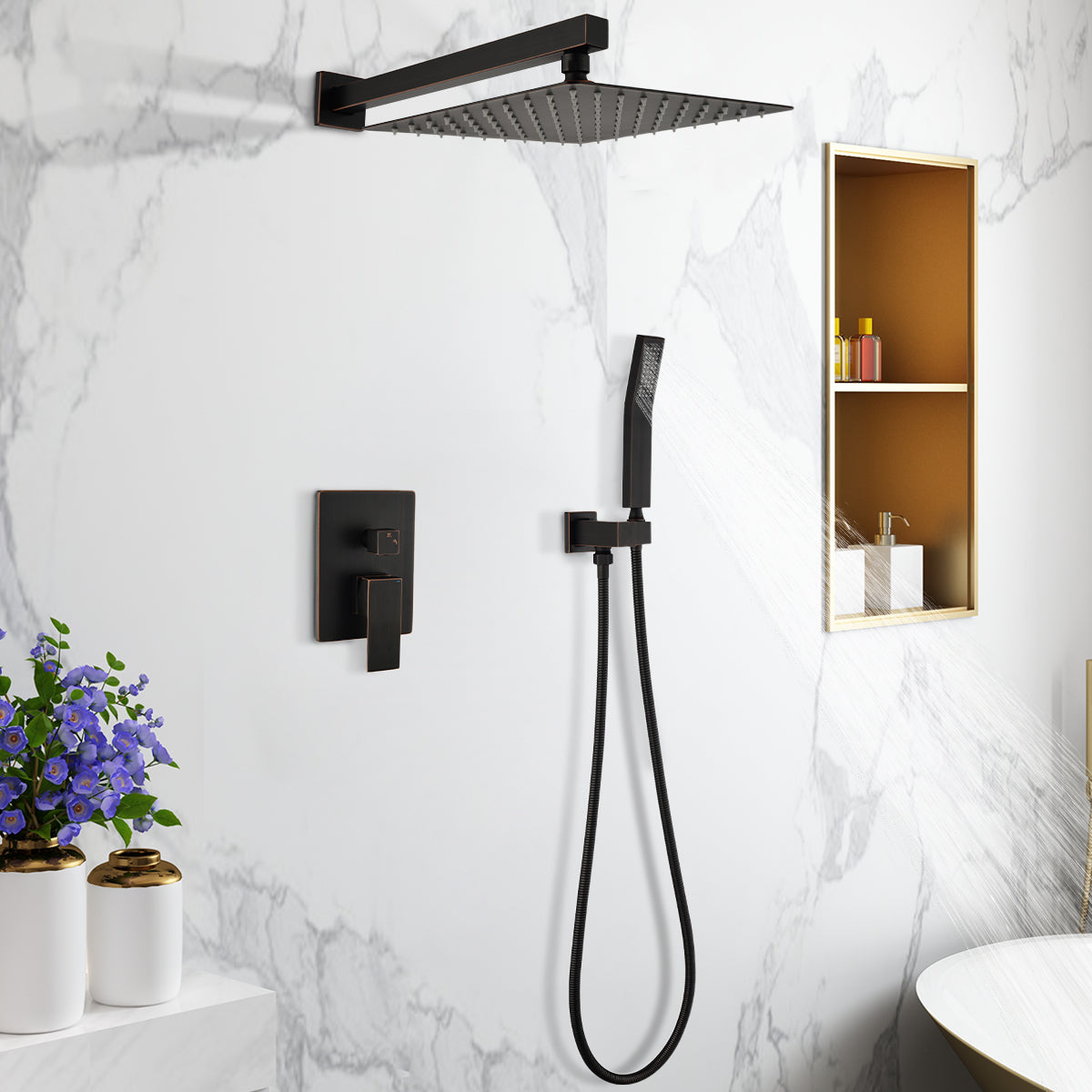






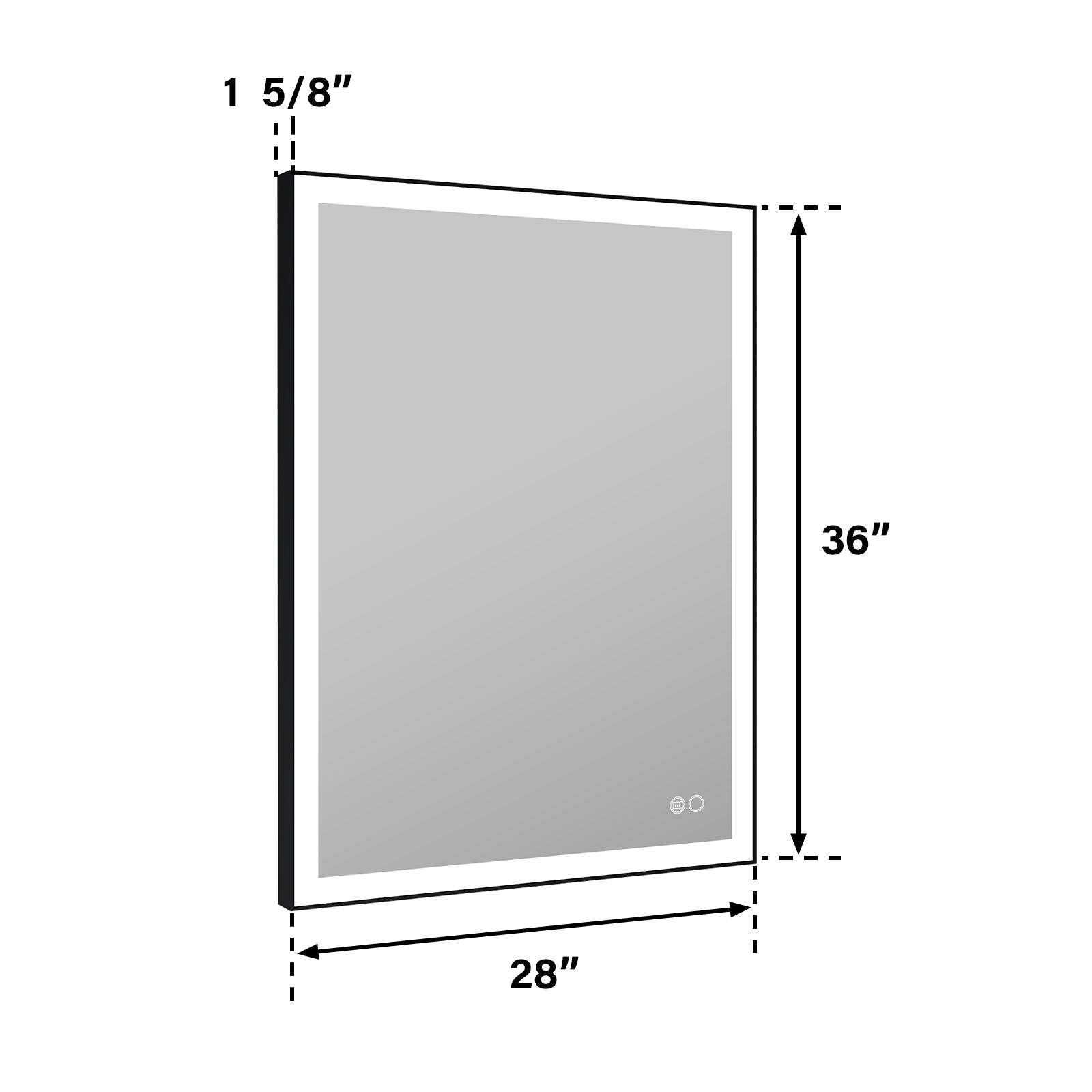
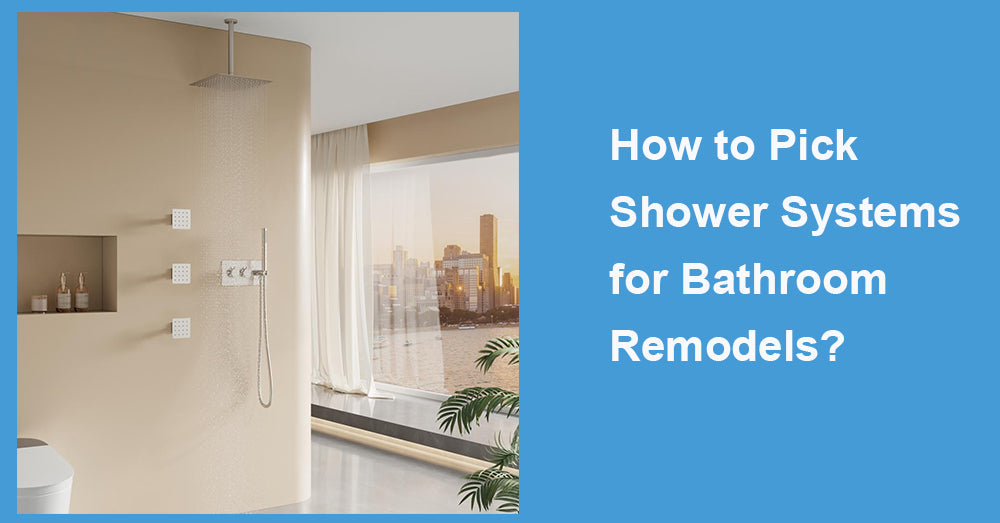
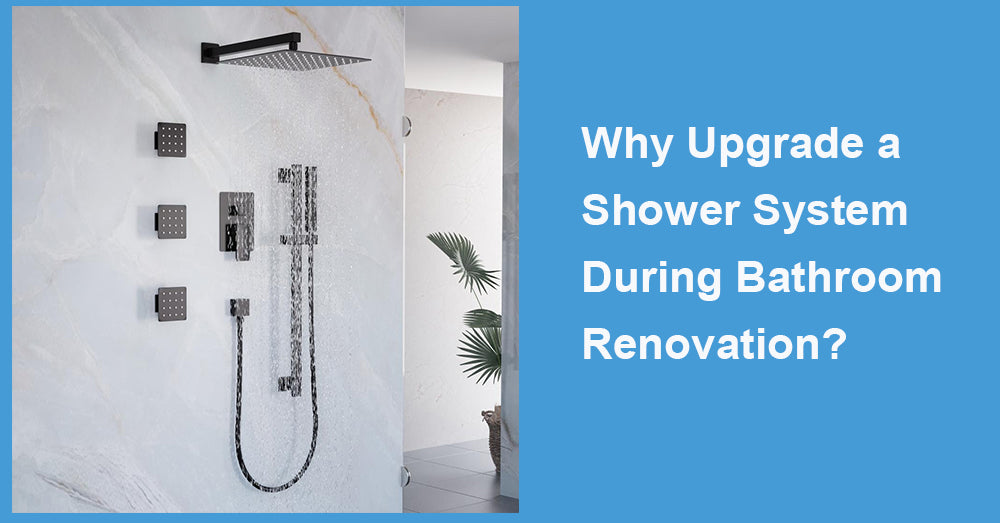
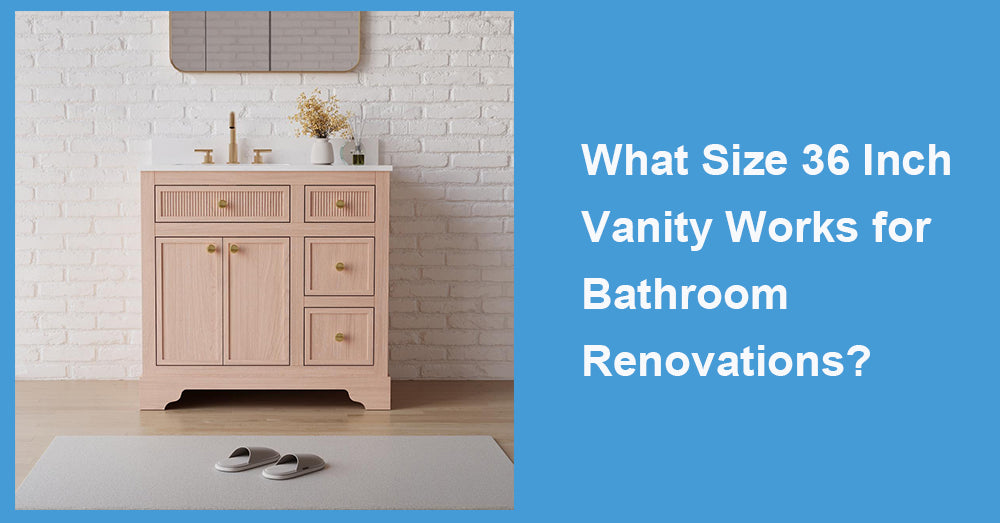
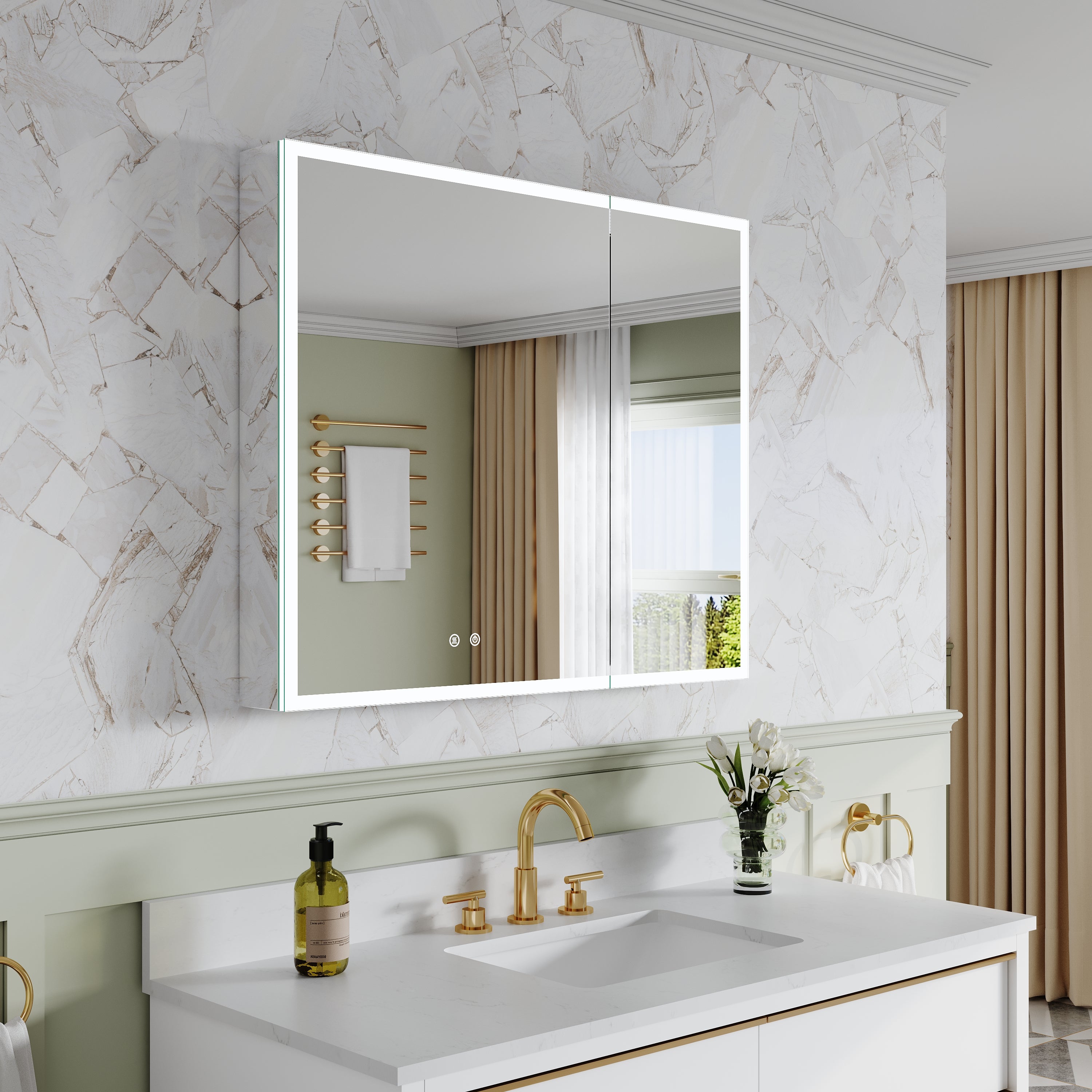
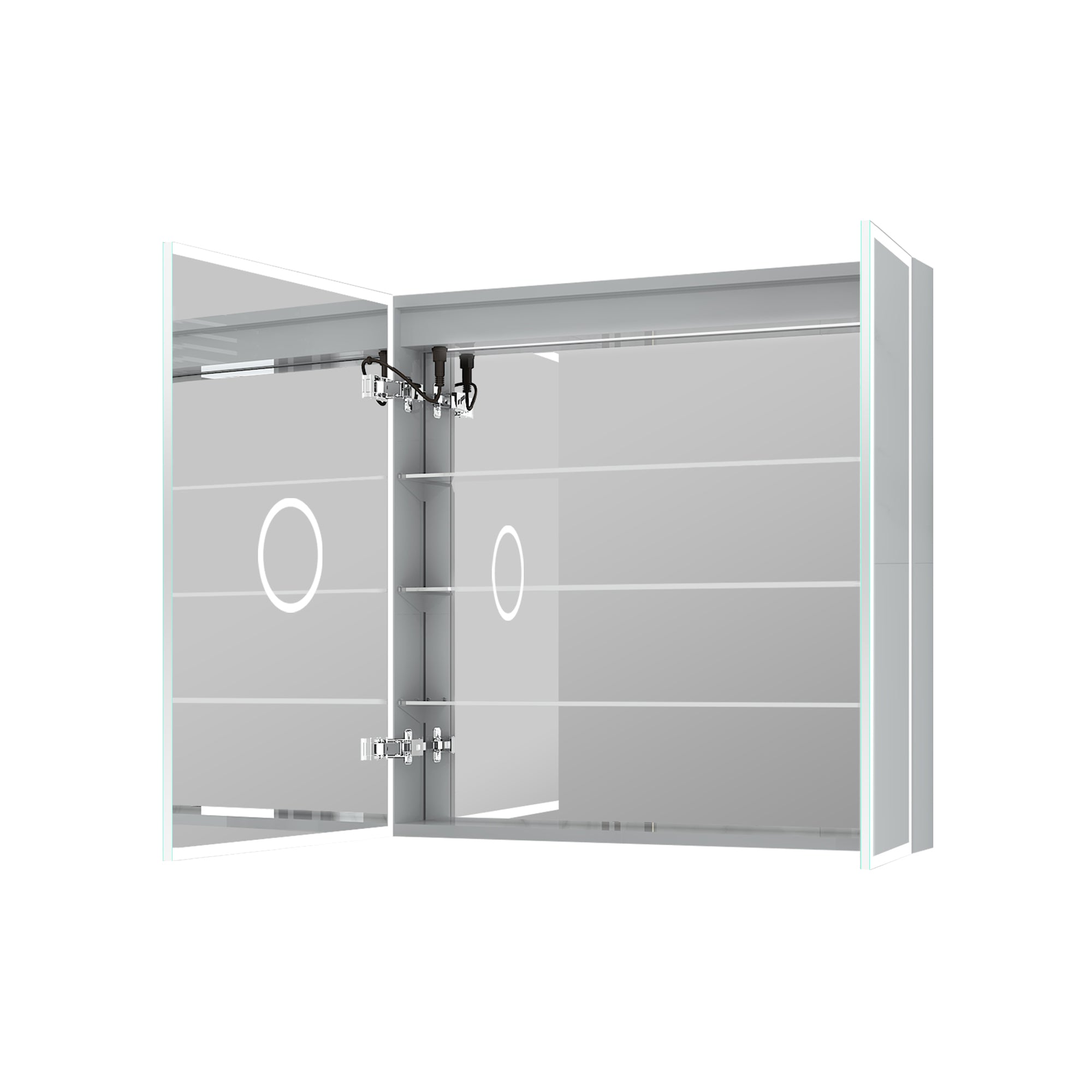
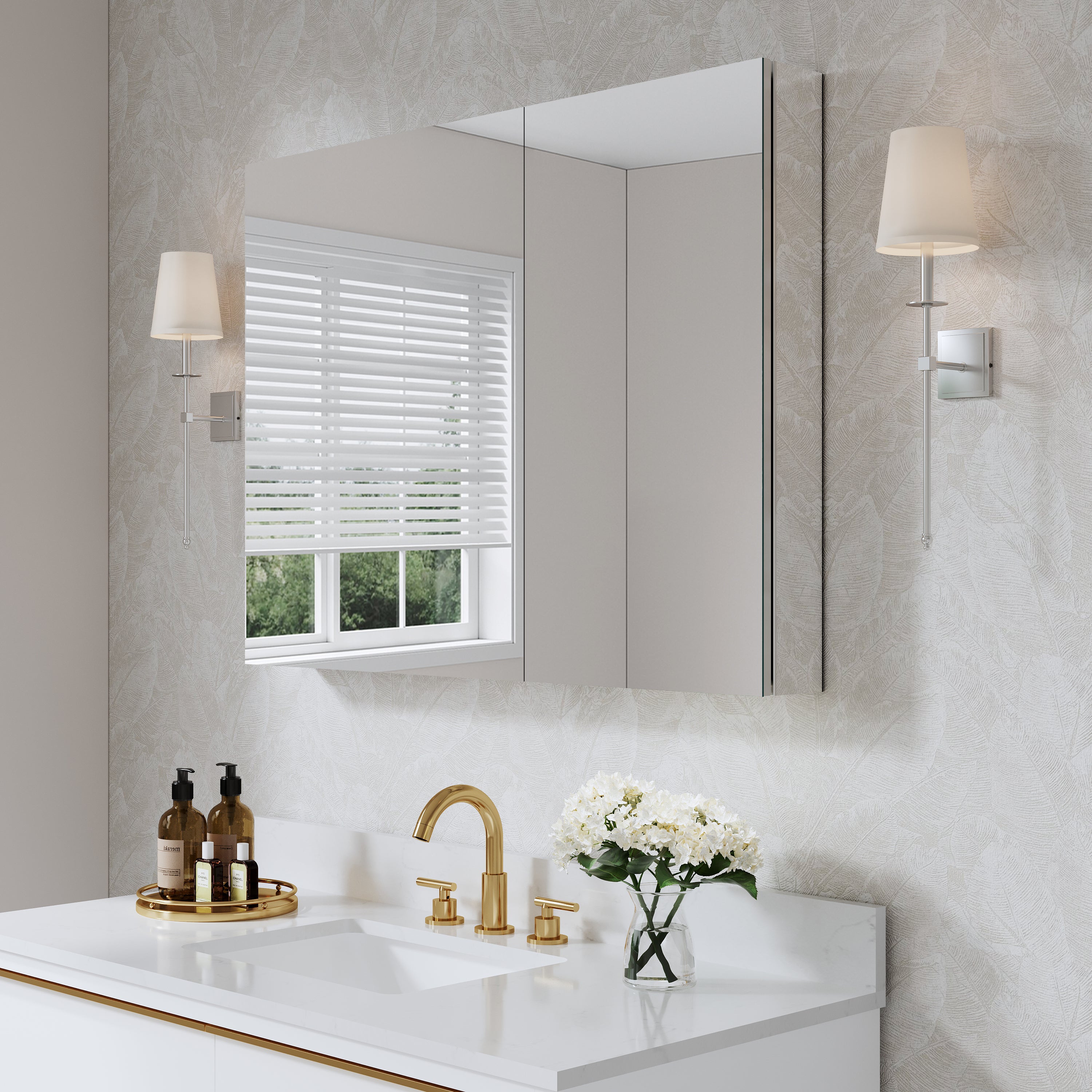

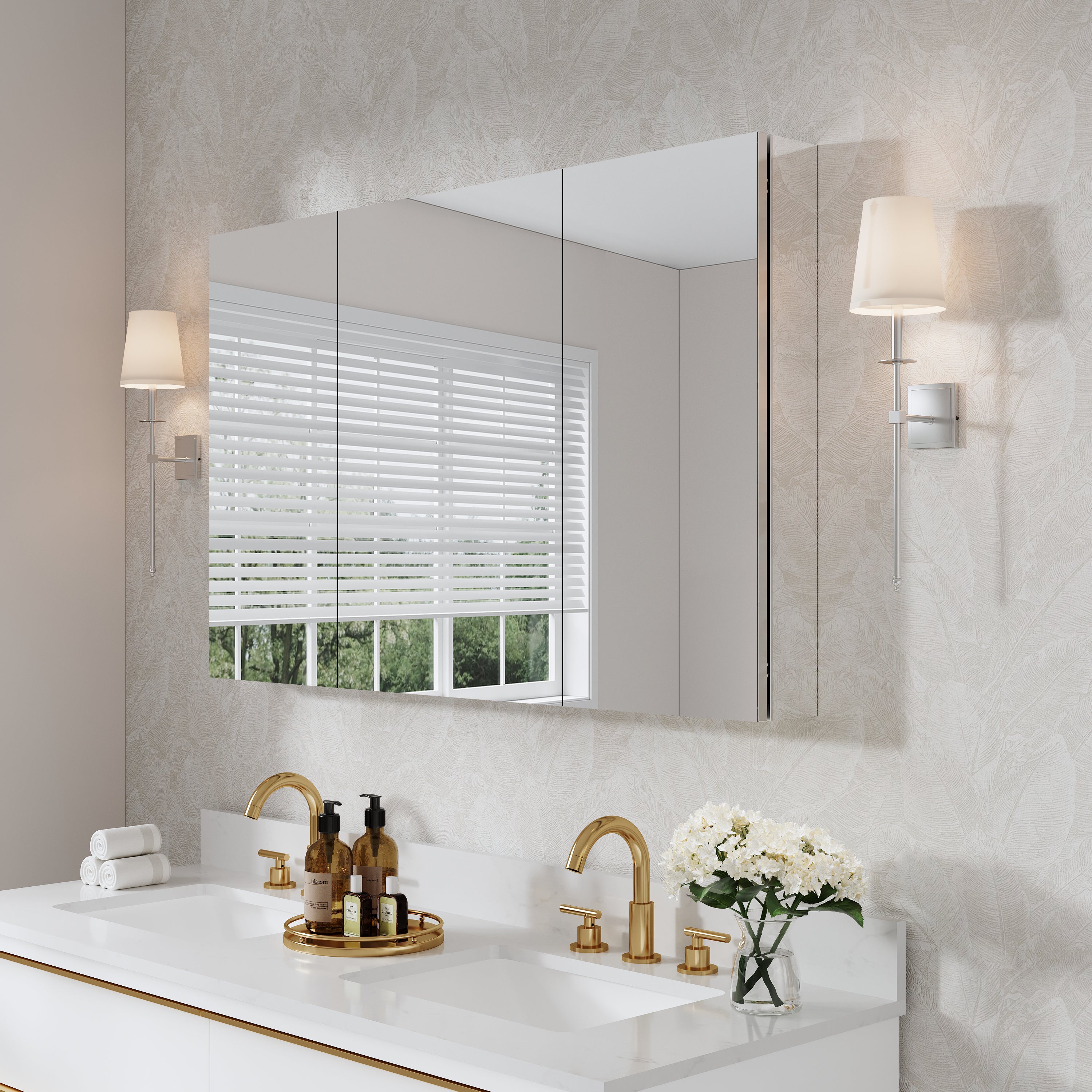
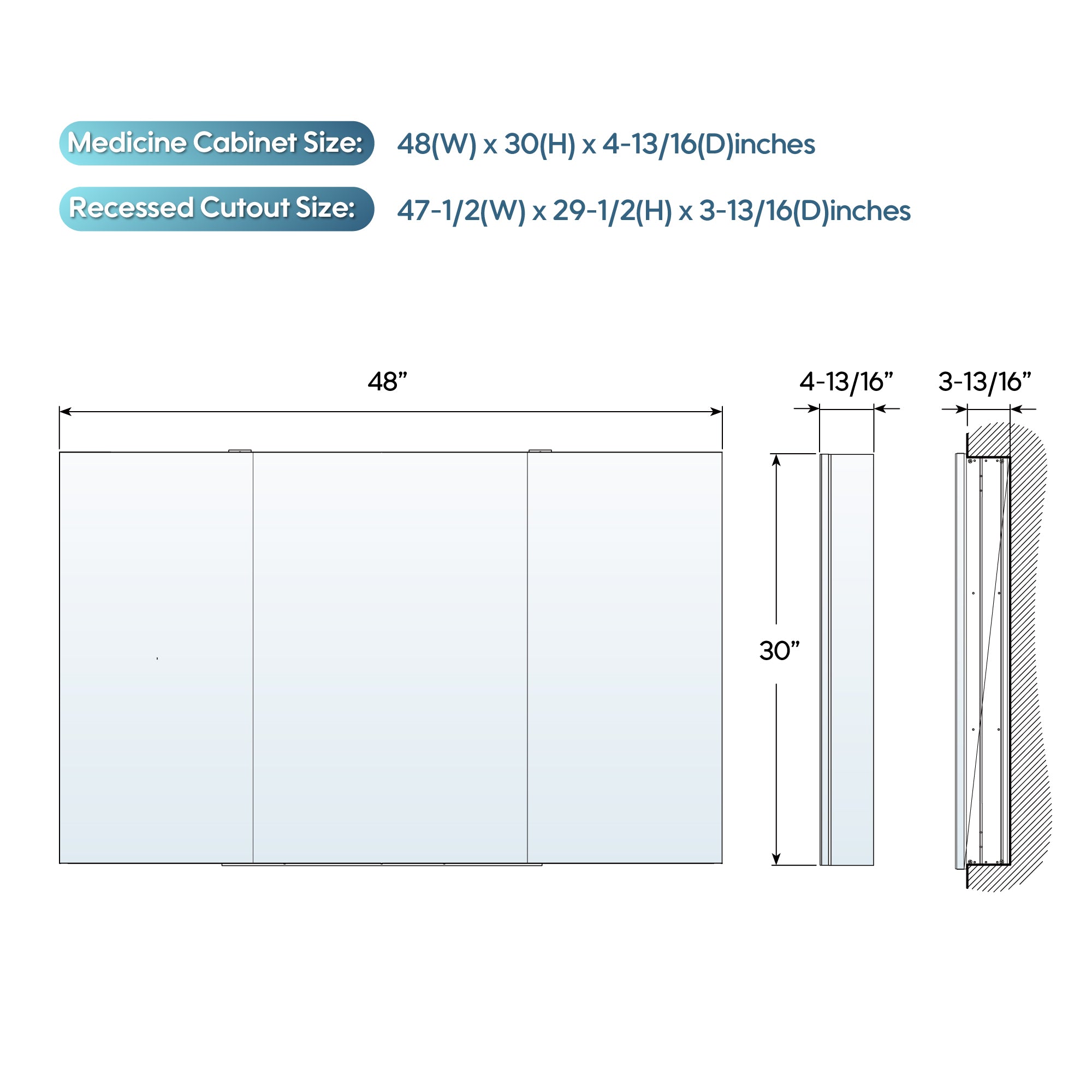

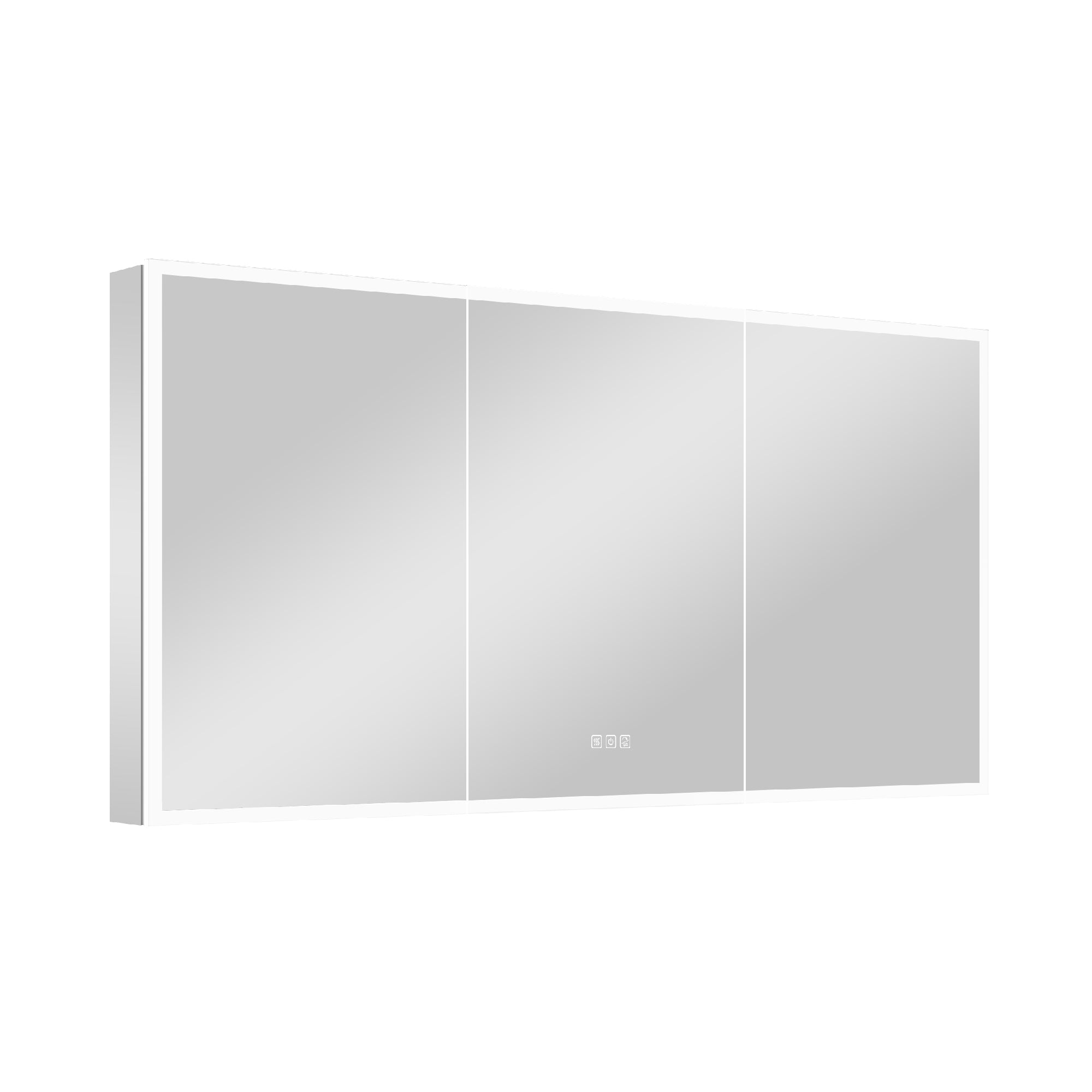
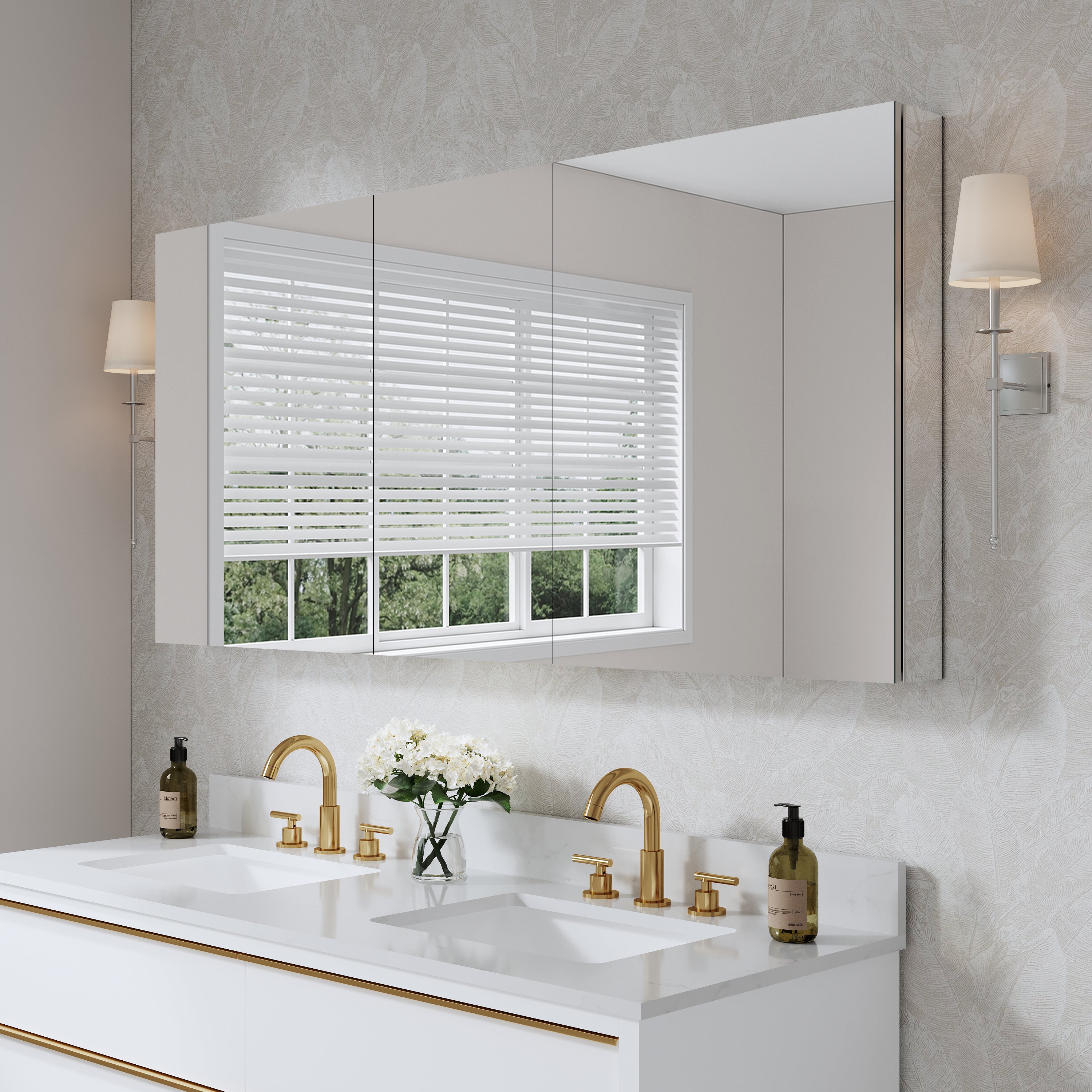




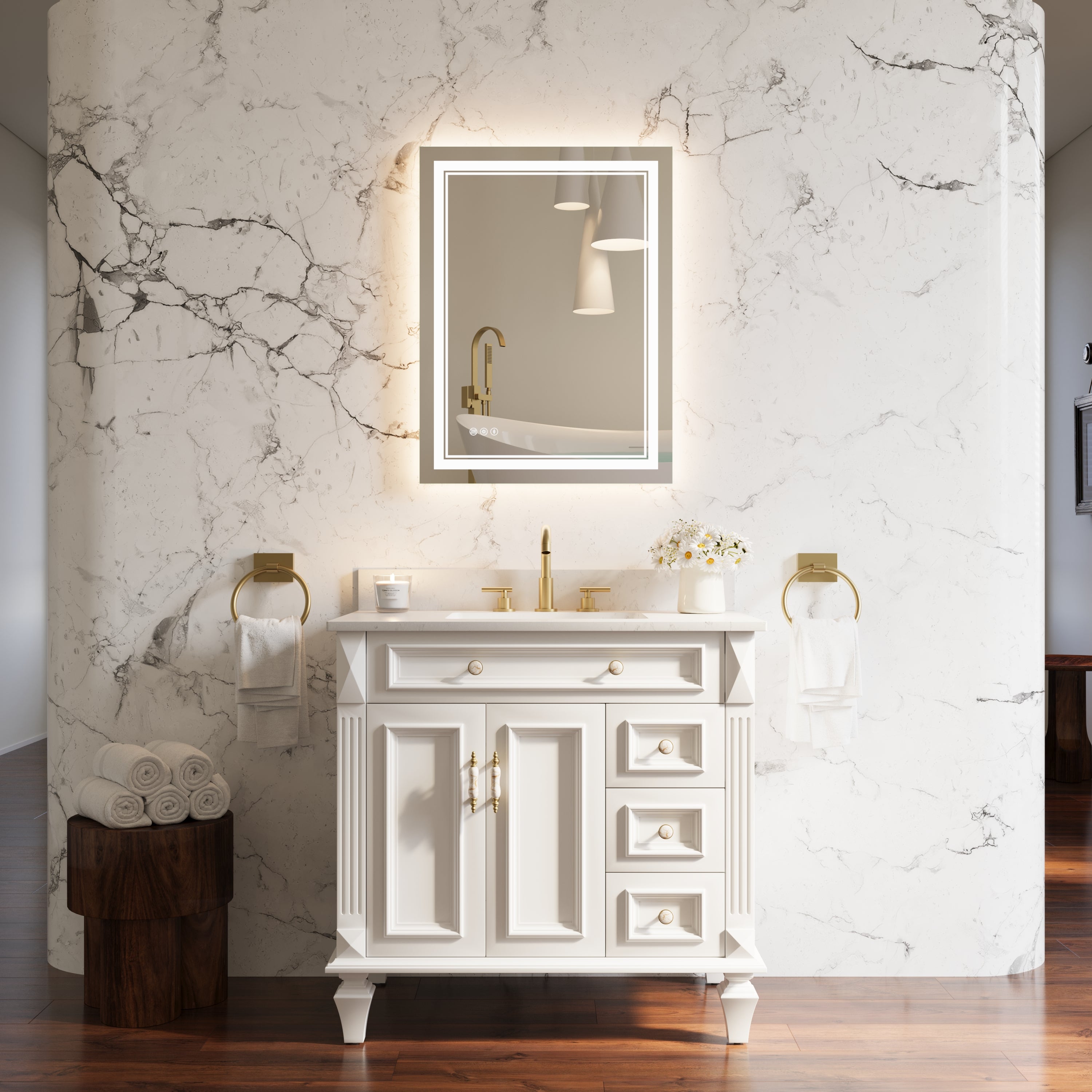
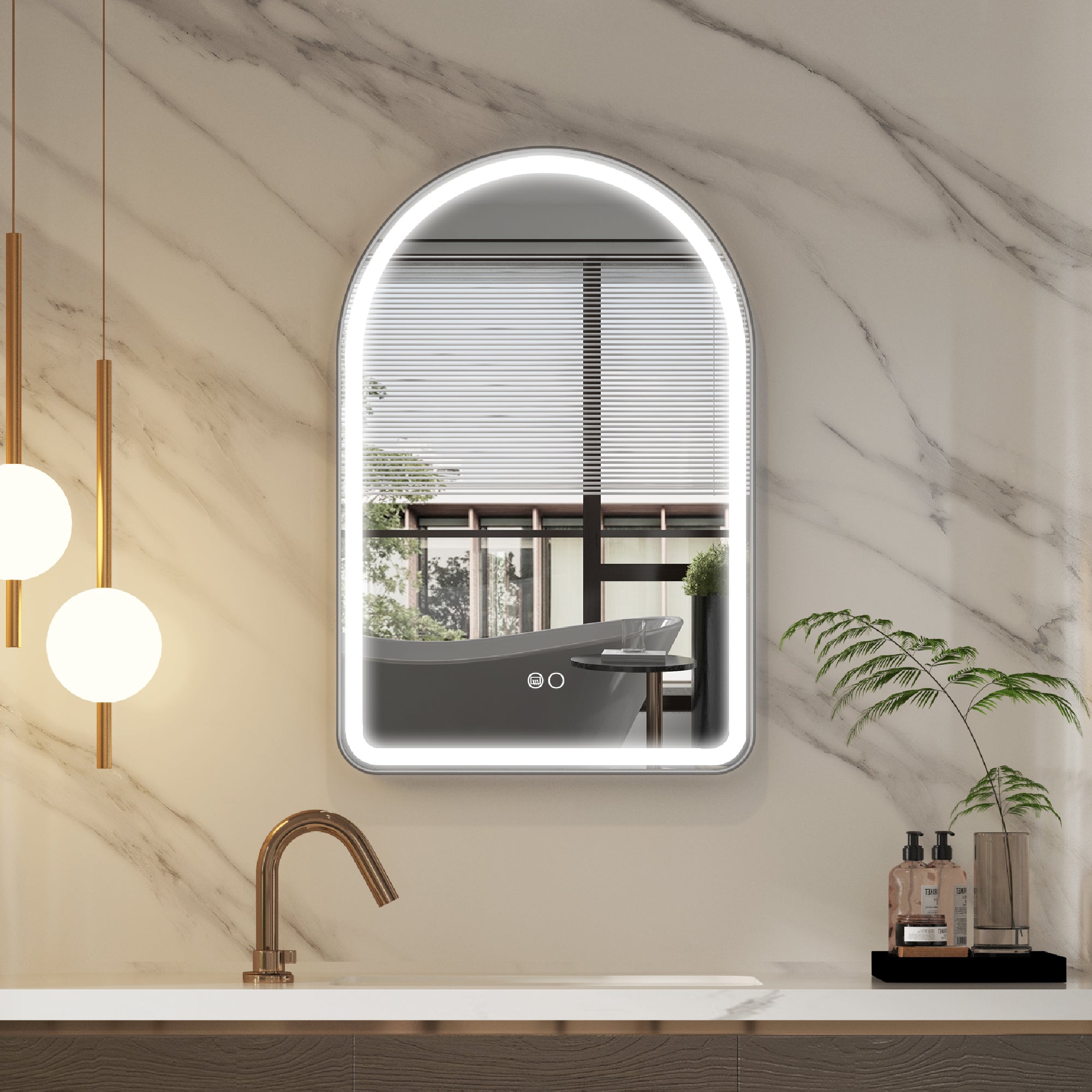
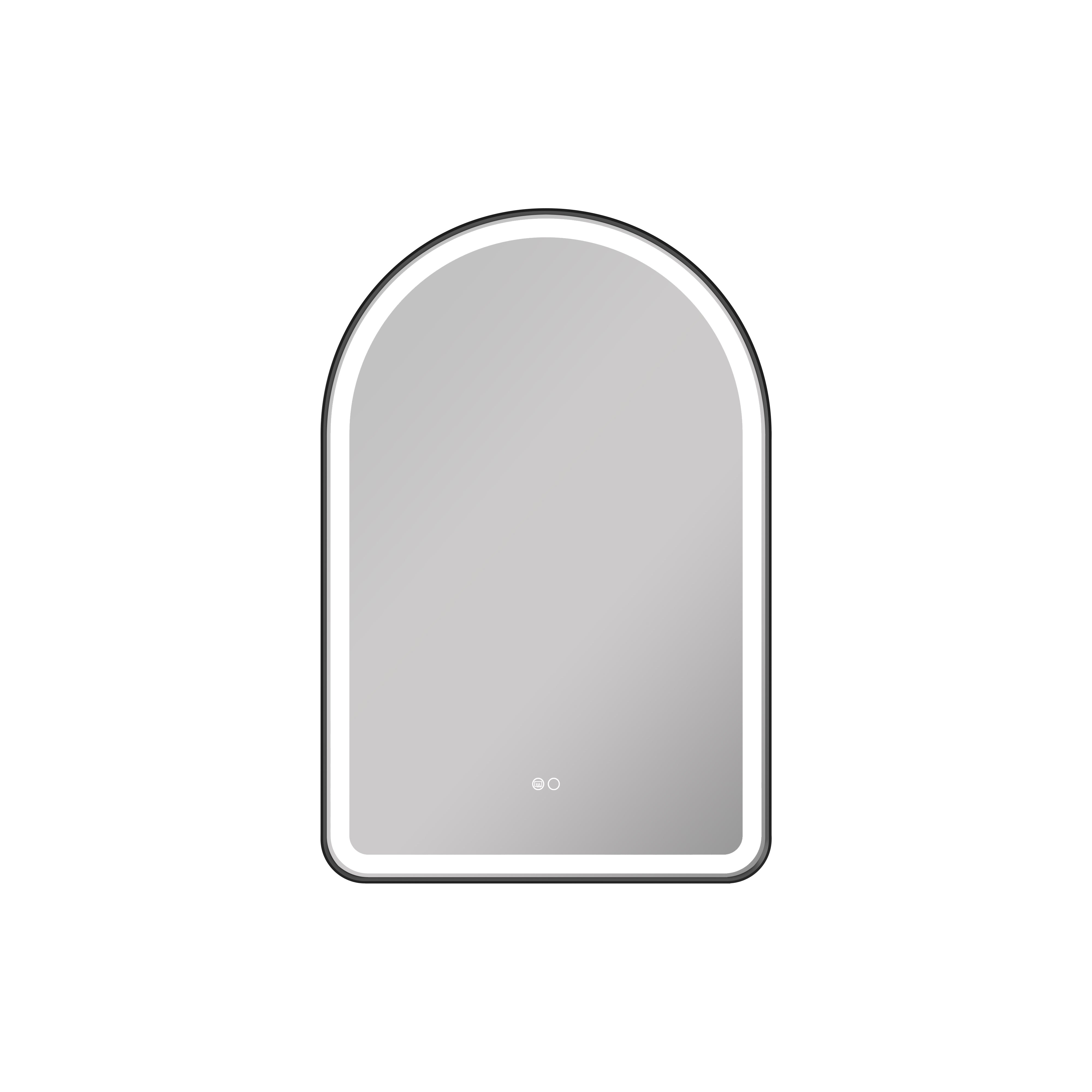

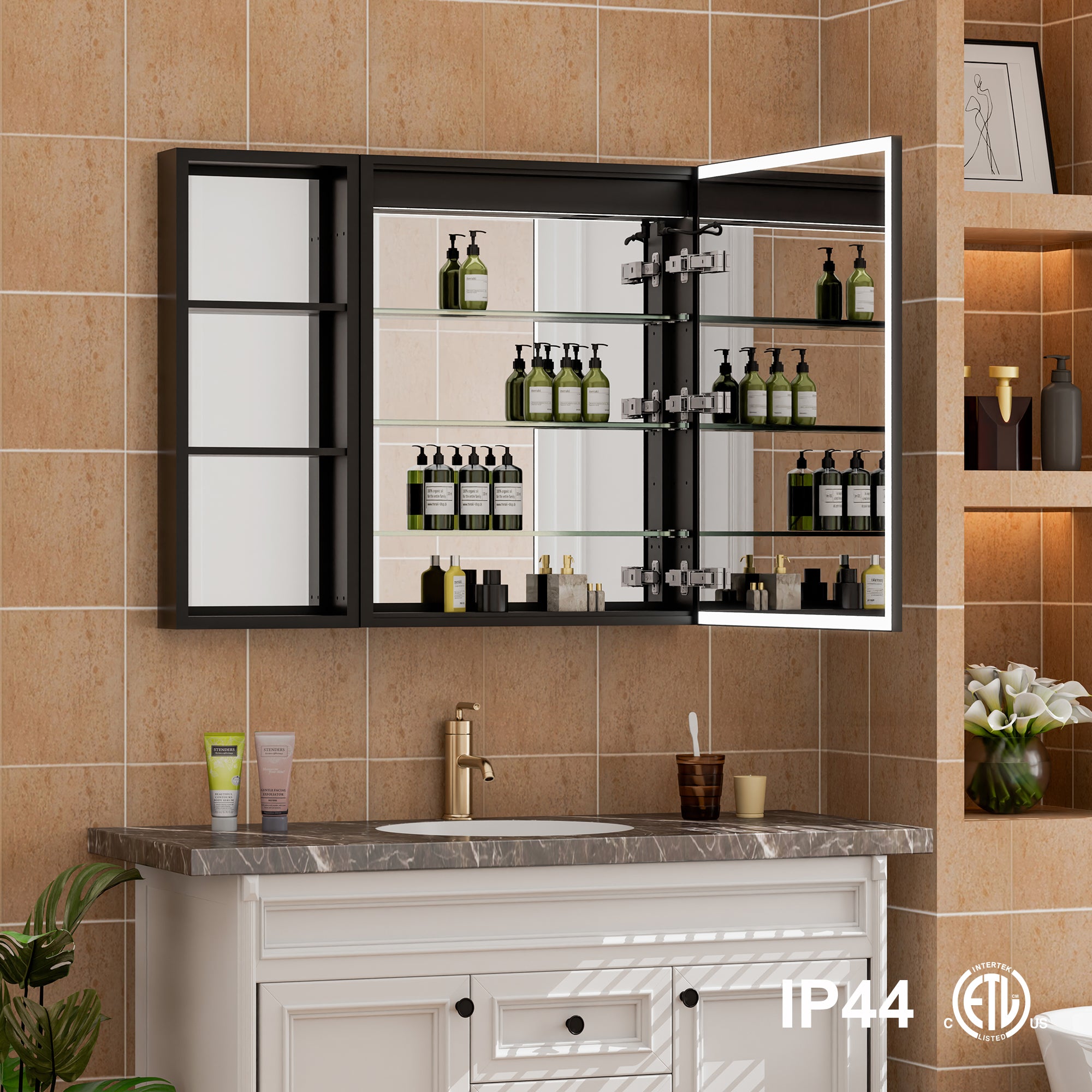
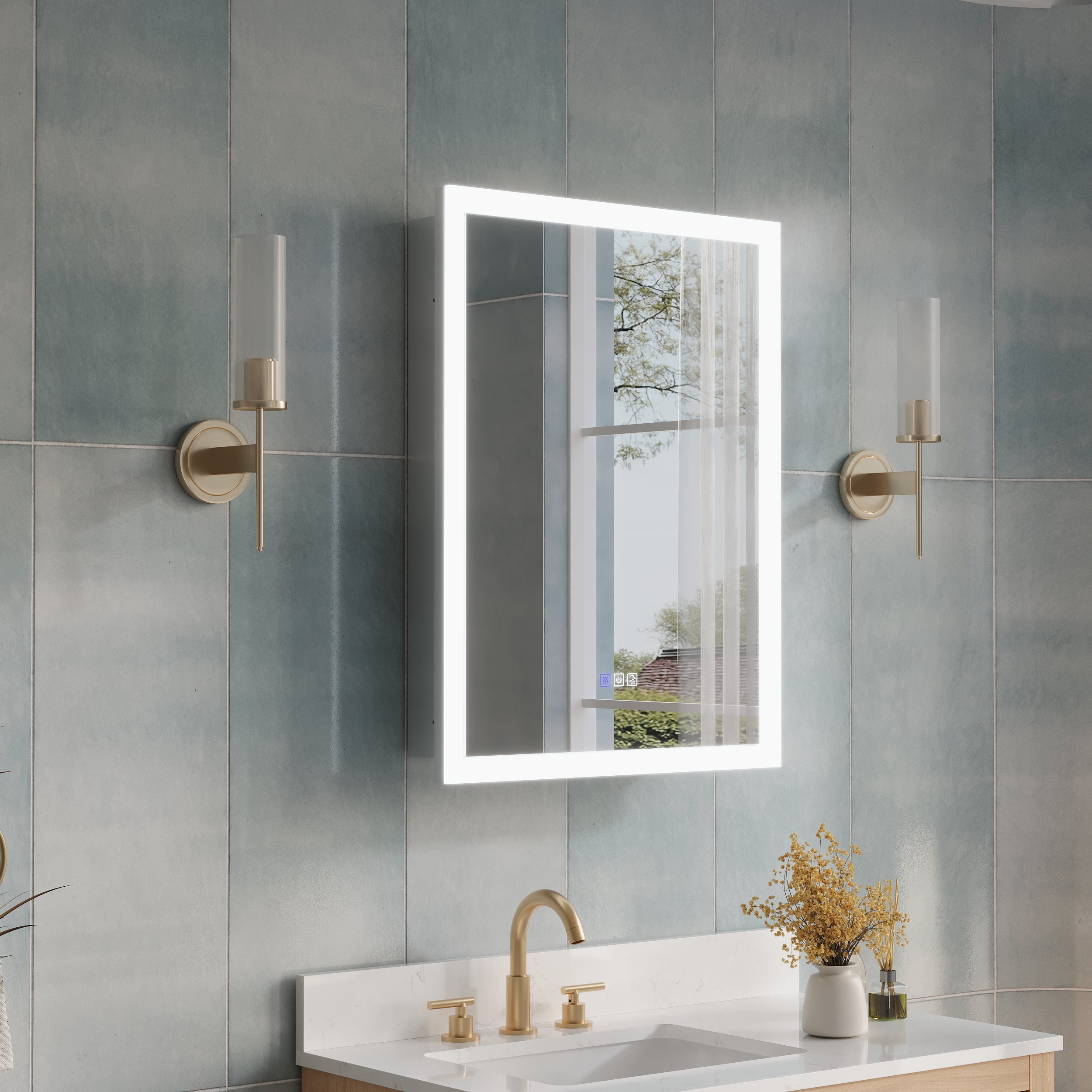
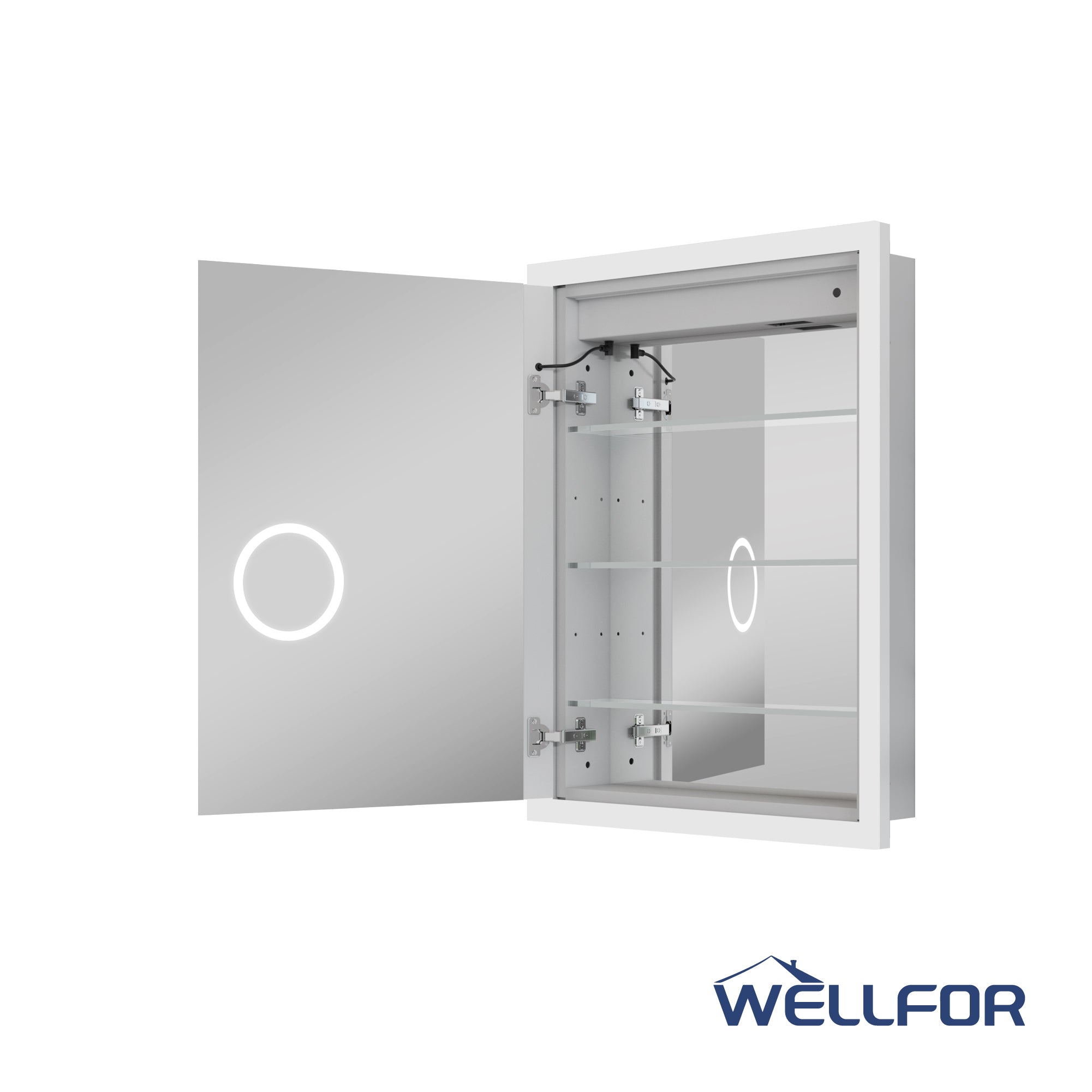
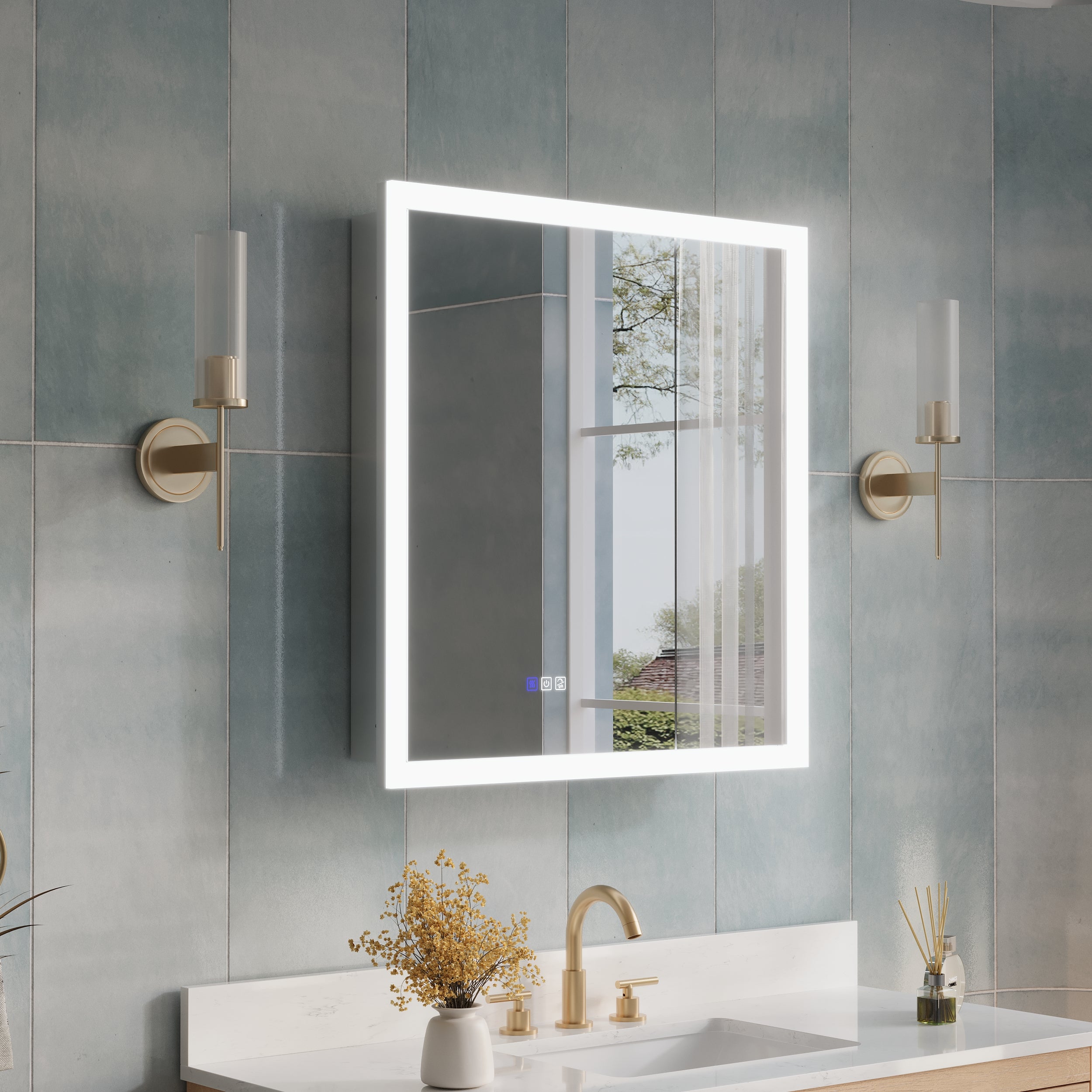
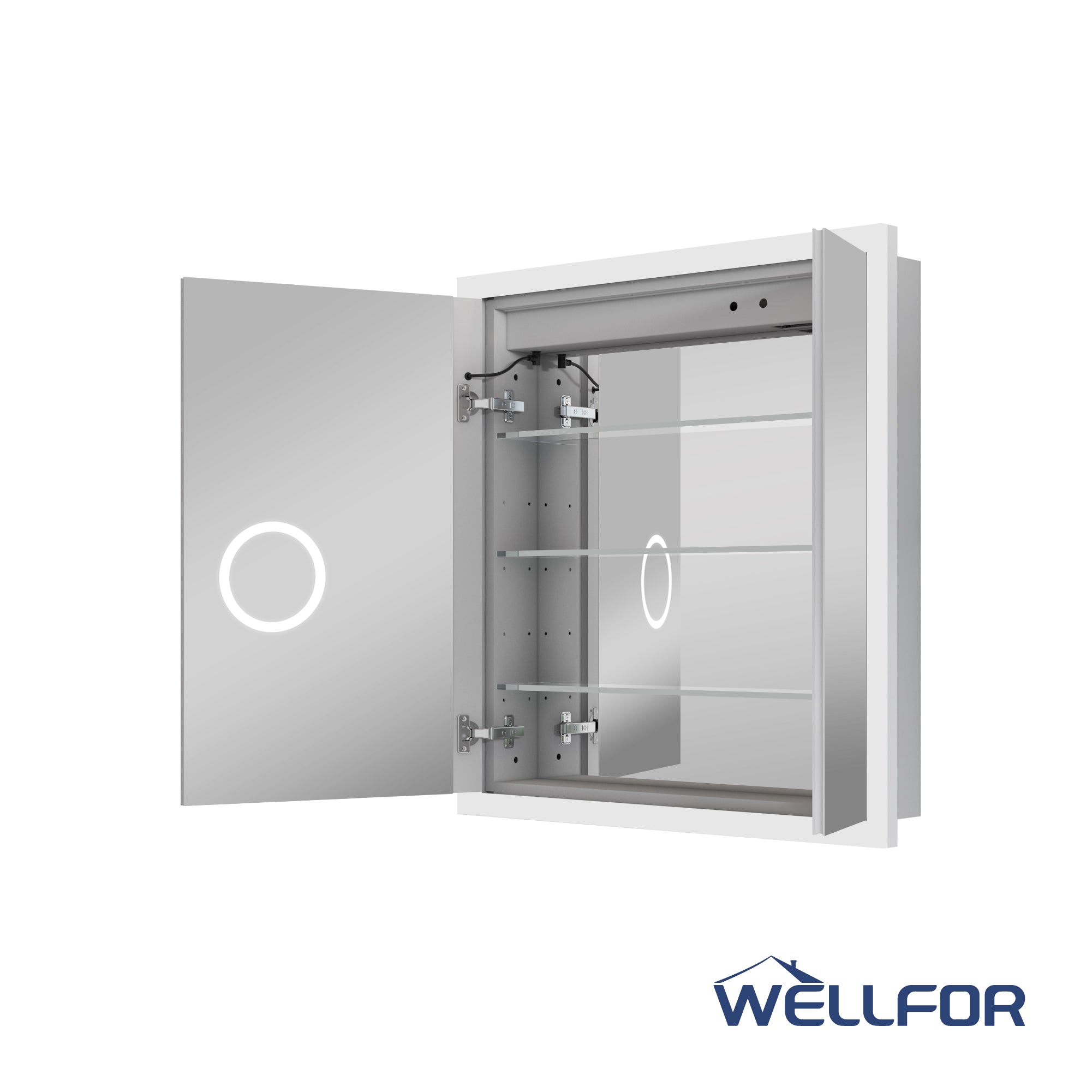
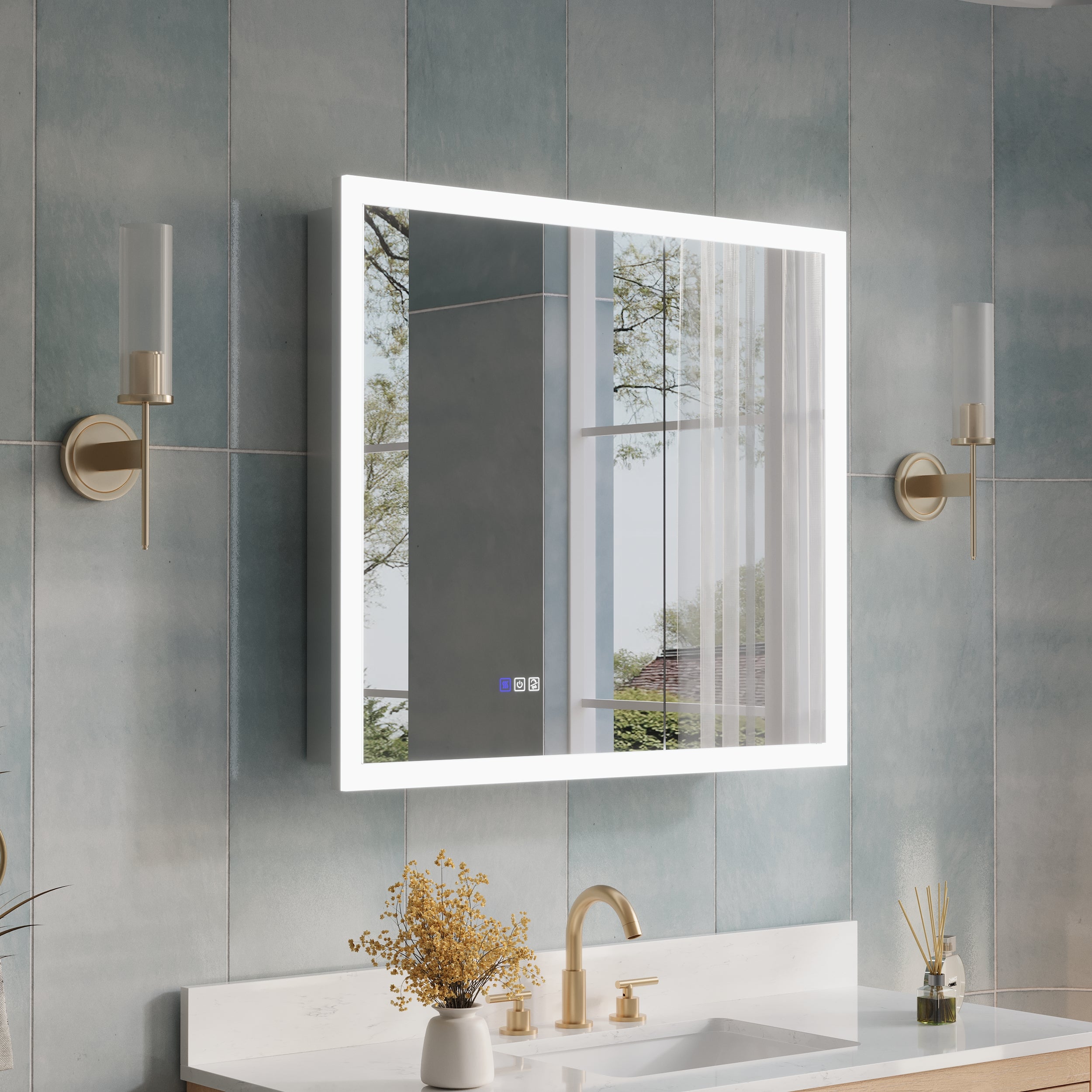

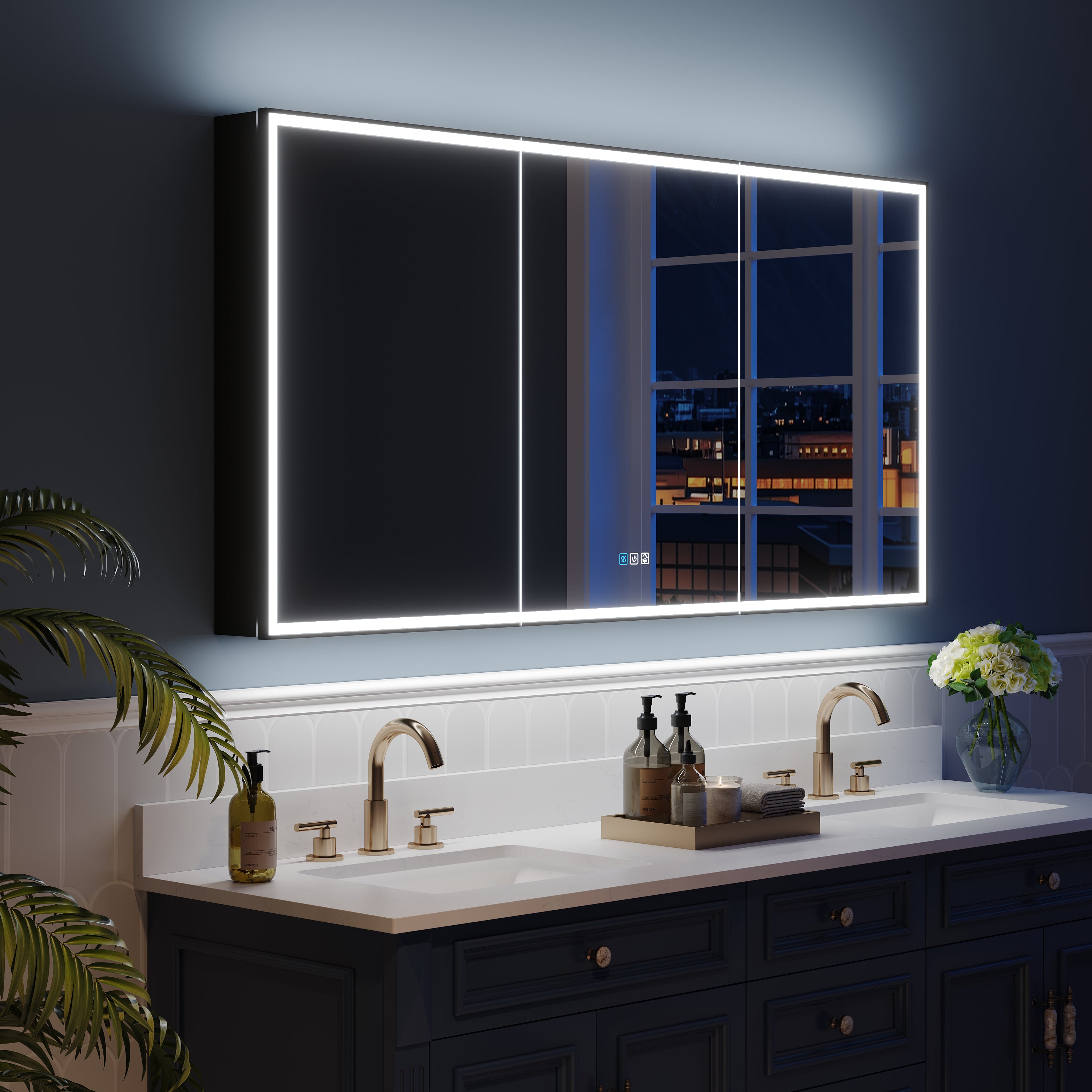
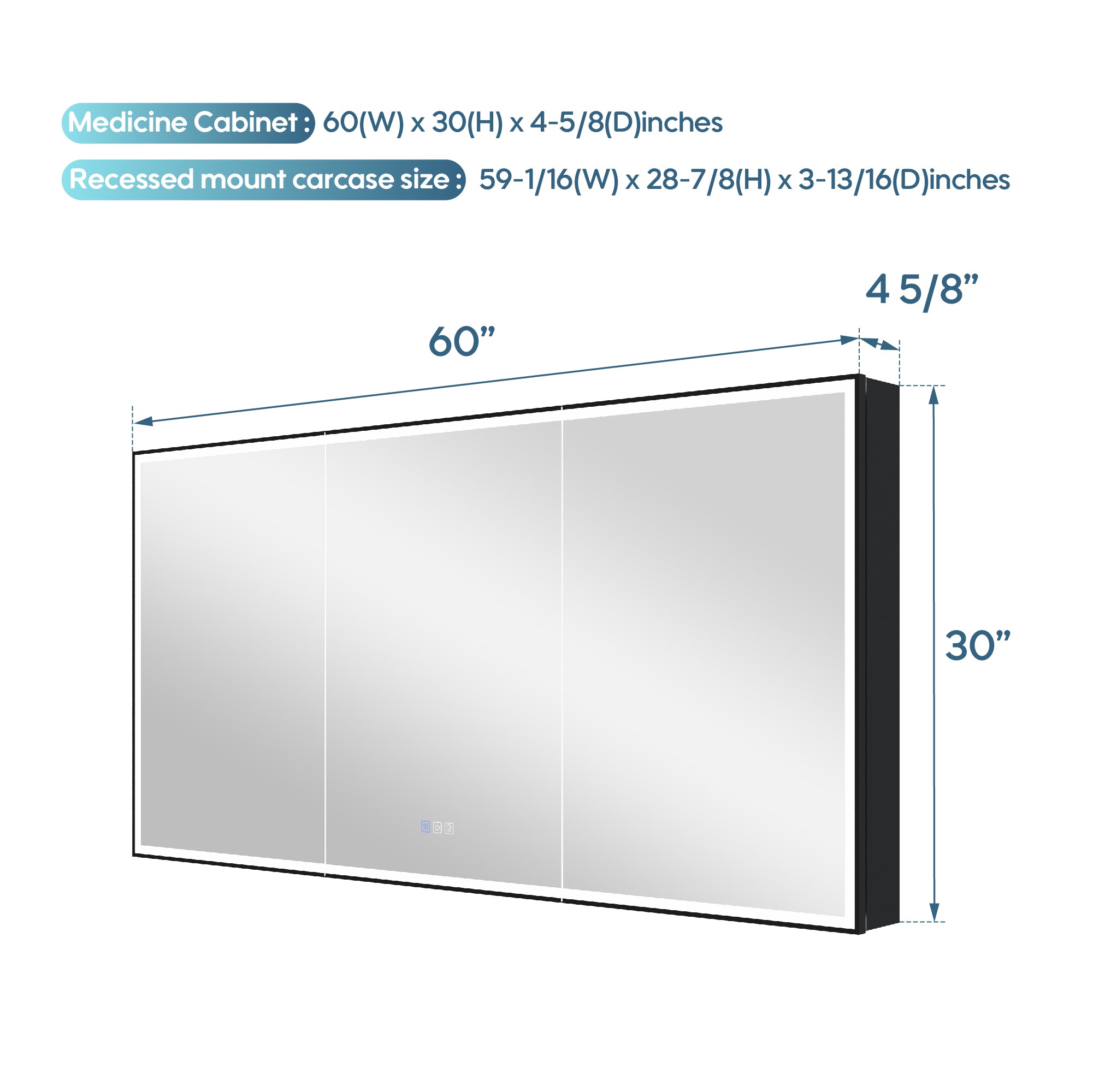
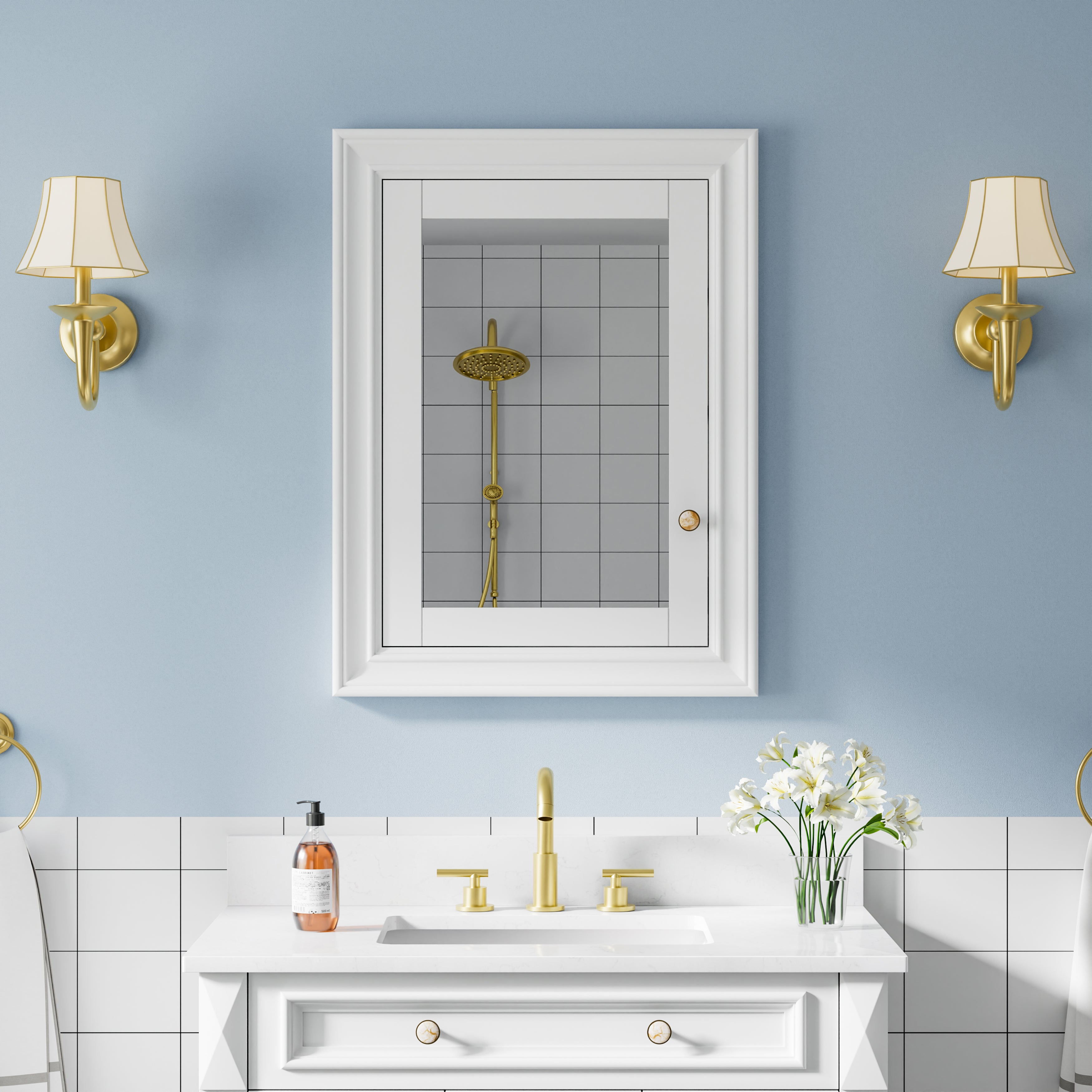


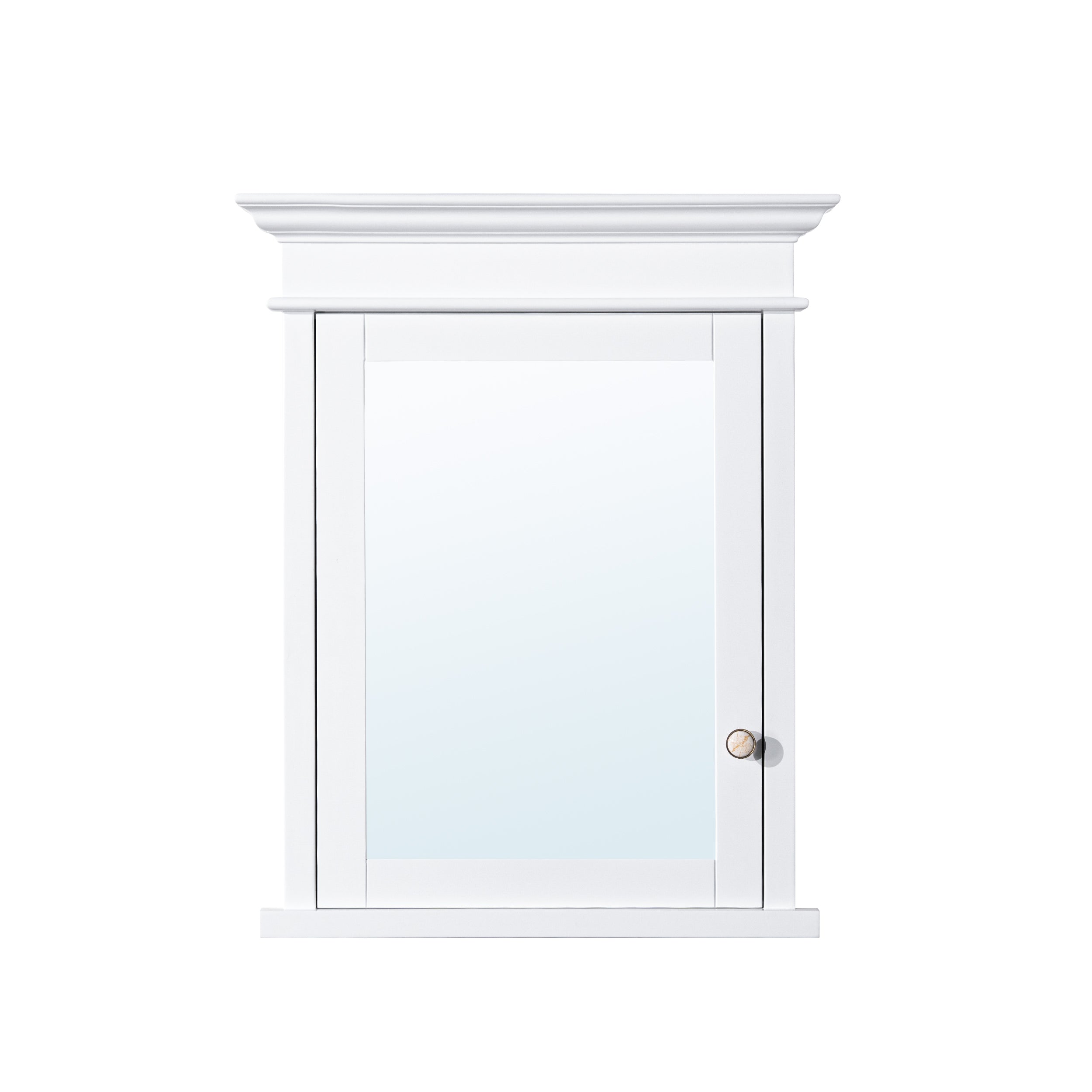

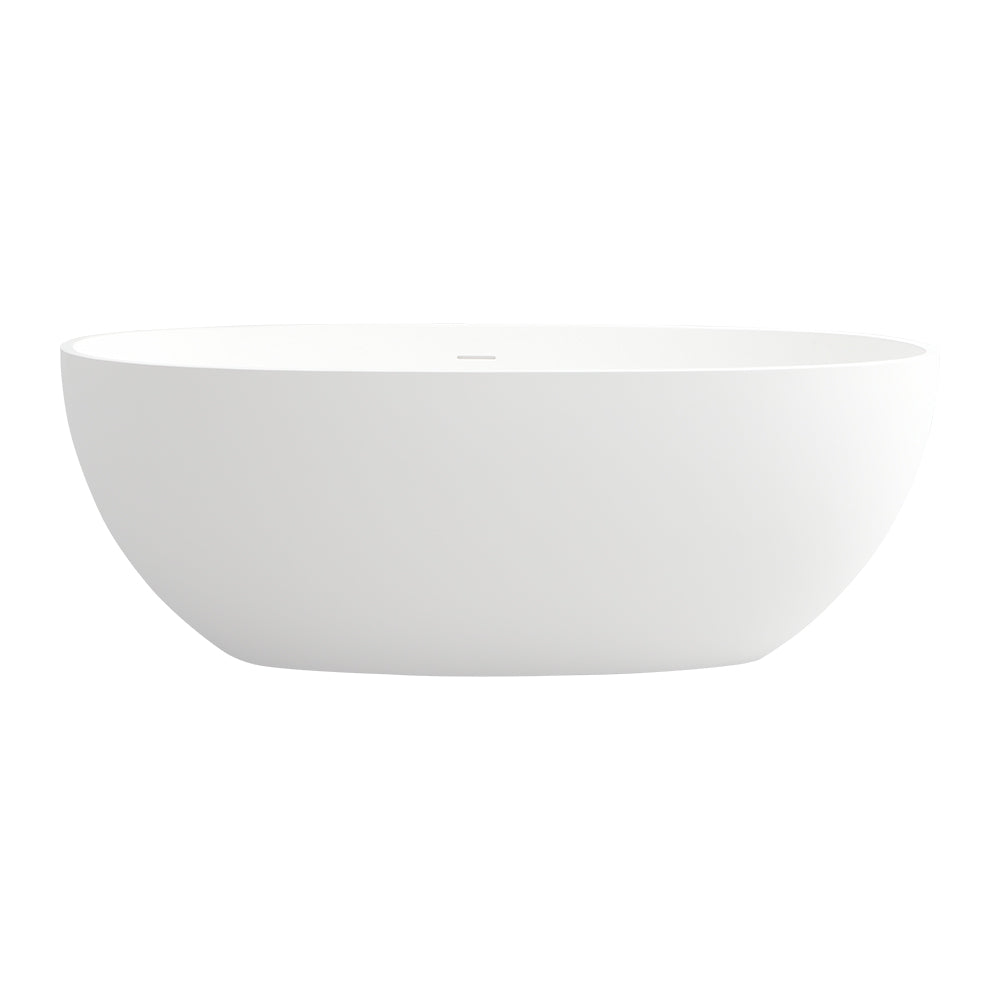


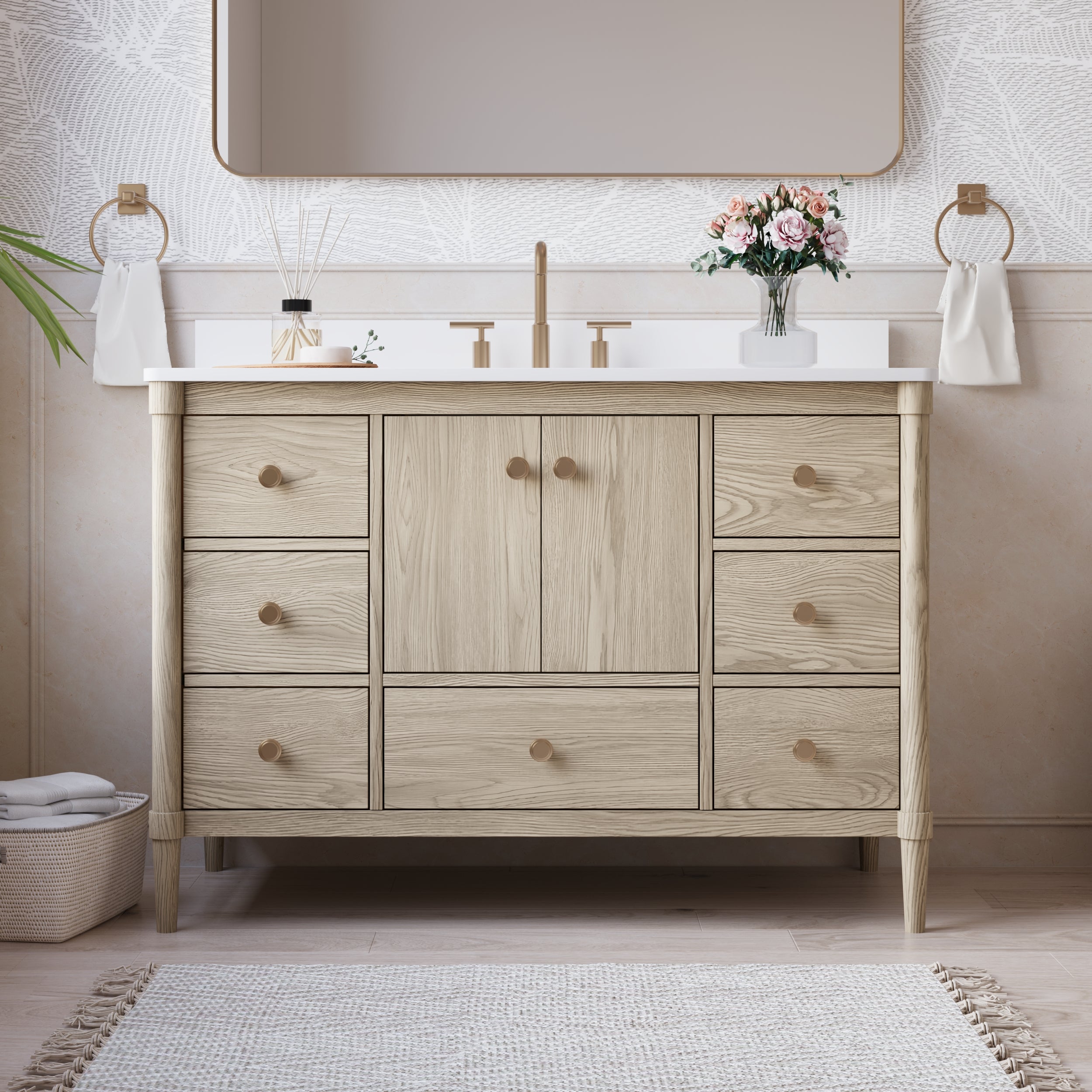
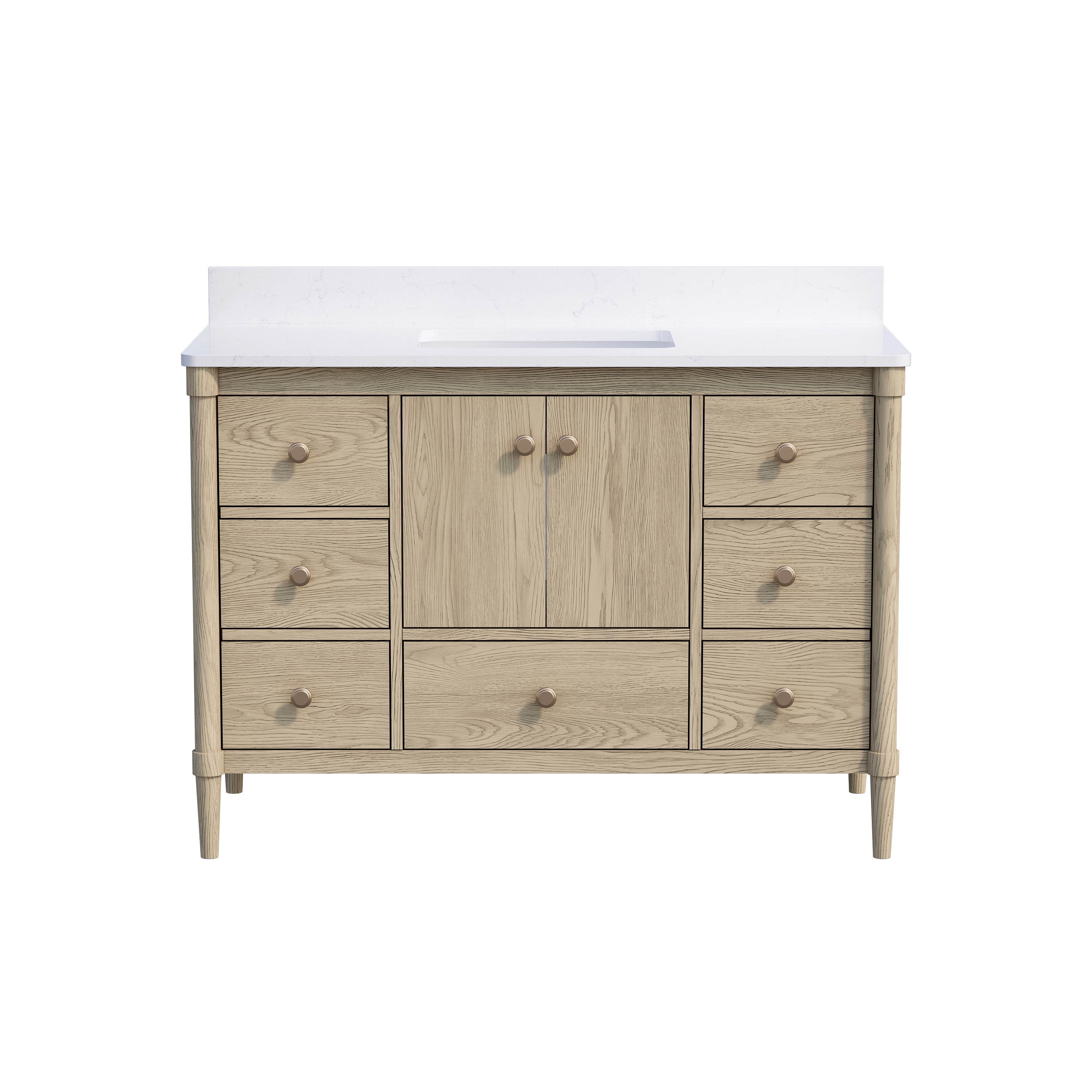
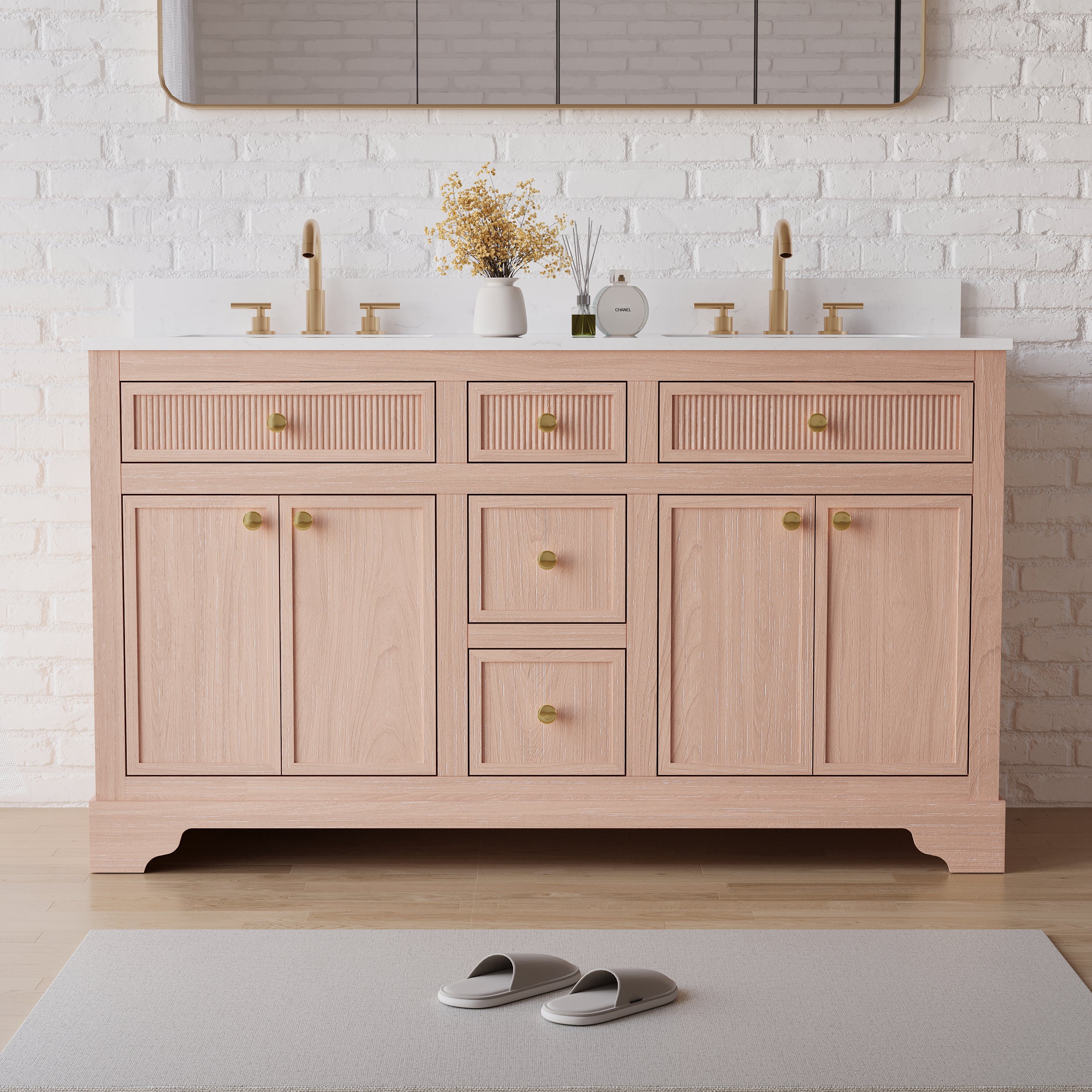



Leave a comment
This site is protected by hCaptcha and the hCaptcha Privacy Policy and Terms of Service apply.